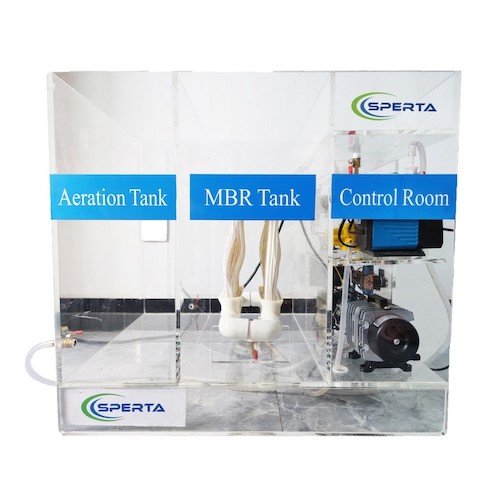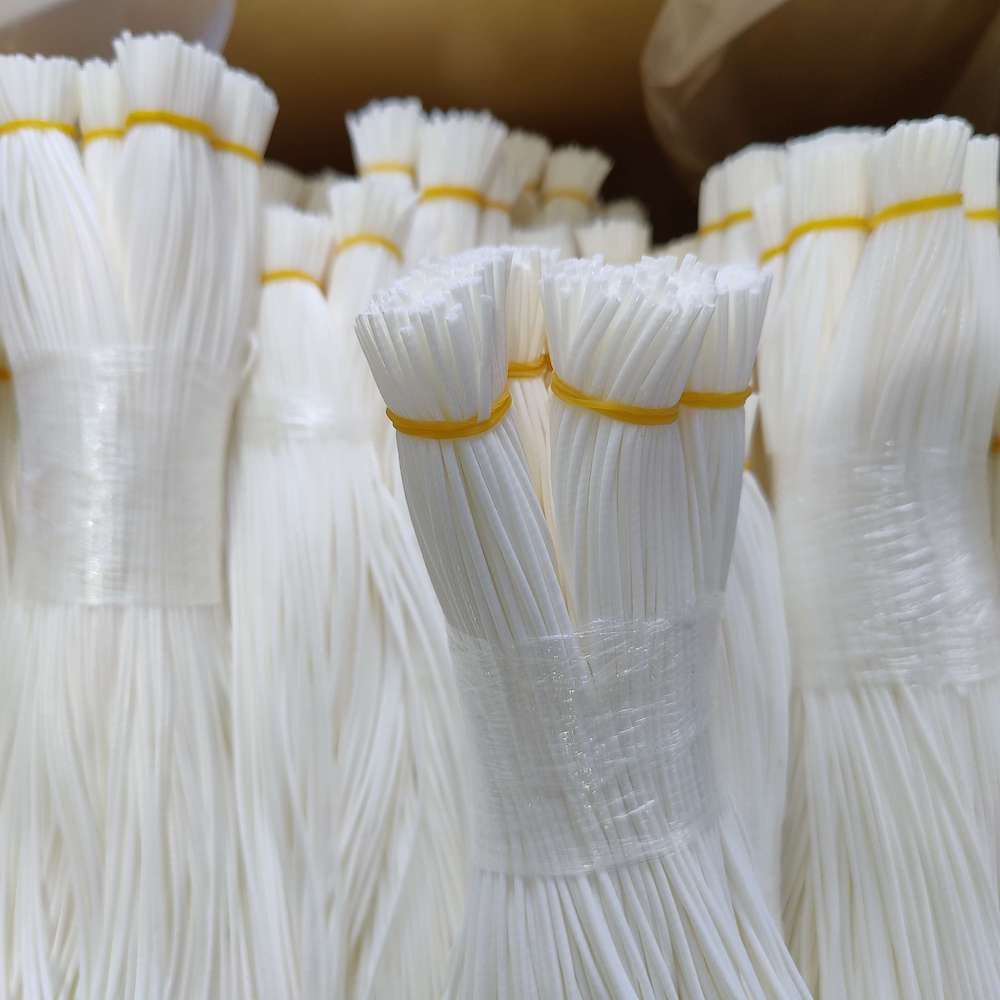MBR membrane bioreactor is quite popular in sewage treatment, which replaces the secondary sedimentation tank. It is a new water treatment technology that combines biological and membrane separation technology. The below article will introduce the process flow of the MBR membrane bioreactor for wastewater treatment and its working principle.
What is the Process Flow of MBR Membrane Bioreactor?
MBR membrane bioreactors have many different design processes according to various influent water quality, site conditions, application areas, and effluent water quality requirements. A complete MBR system includes a pretreatment system, regulating tank, MBR membrane tank, production tank, etc., while the tank consists of equipment including blowers, suction pumps, etc. The following is an example of the MBR process flow for domestic wastewater.

First of all, the raw water is transported to the regulation tank through the raw water pump. After filtering the larger particle impurities and corresponding pretreatment through the bar screen, then dosing, and then entering the aeration tank to adjust the active sludge in the water. After that, the water passes through the anaerobic tank for COD adjustment and then enters the MBR plant. And finally, the produced water can reach the safe discharge standard after MBR filtration.
What are the Working Principles of the MBR Membrane?
In the traditional biological wastewater treatment technology, the separation of sludge and water is done by gravity in the secondary sedimentation tank, and the separation efficiency depends on the settling performance of the activated sludge. The sedimentation of sludge depends on the operating conditions of the aeration tank. In order to improve the settling of the sludge, the operating conditions of the aeration tank must be strictly controlled, which limits the scope of application of this method. Due to the requirement of solid-liquid separation in the secondary sedimentation tank, the sludge in the aeration tank cannot maintain a high concentration, generally around 1.5~3.5g/L, thus limiting the biochemical reaction rate. Hydraulic retention time (HRT) and solids retention time (SRT) are interdependent. Increasing volumetric loading and reducing sludge loading often form a contradiction. During the system’s operation, a large amount of excess sludge will also be produced, and its disposal cost accounts for 25% to 40% of the operating cost of the sewage treatment plant. The traditional activated sludge treatment system is also prone to sludge expansion, the effluent contains suspended matter, and the effluent quality deteriorates. In response to the above problems, the membrane separation technology in MBR is organically combined with traditional wastewater biological treatment technology, which greatly improves the solid-liquid separation efficiency; the emergence of dominant bacteria increases the rate of biochemical reaction; meanwhile, by reducing the F/M ratio and reducing the residual sludge production (even to 0), basically solving many outstanding problems existing in the traditional activated sludge method.
The above is the information about how the MBR membrane works. If you still have related questions about the membrane bioreactor, please feel free to contact SPERTA.
Shanghai SPERTA Environmental Technology Co., Ltd. has specialized in producing water treatment products for many years. The company has its own MBR membrane technology, a complete technical team, and pre-sales and after-sales service. If you have any needs, please feel free to contact us.












